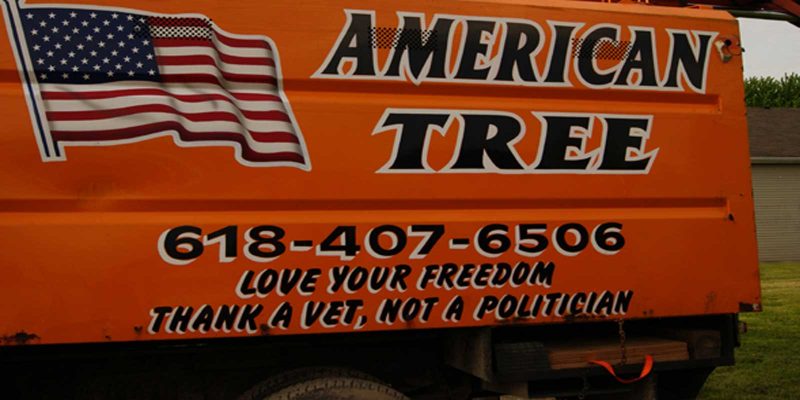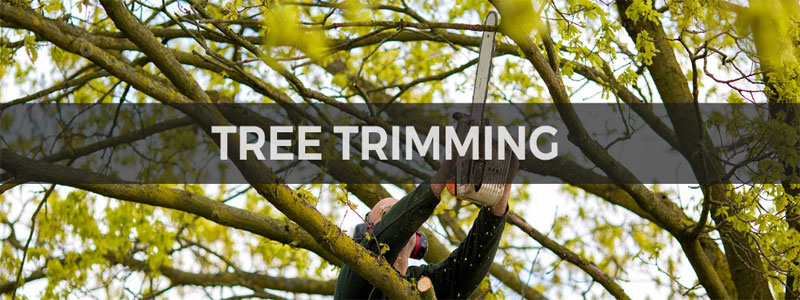Tree Trimming & Pruning Company Belleville IL
Belleville IL, and St. Clair County, Illinois Trusted Choice
for Tree Trimming & Pruning
Removing hazardous, dead limbs can prevent damage to property, prevent harm, promote new growth and tree health, control shape and aesthetic quality, increase tree strength, and much more ! In addition, good pruning helps improve your view online of sight security or suppress appeal, reduce mold & mildew build up on siding and roofing, preventing branches out of rubbing your home or roof, and the most typical reason – trimming branches from your home helps prevent pests, mice and comparable pests from getting into your residence. Experienced 30 plus years Certified Arborist , Exceptional Customer Service, Insured And Bonded.
Squirrels in your loft can trample the blown in insulation (that loses its value when compacted) and also chew insulation off wires resulting in a harmful situation.
This website has plenty of good facts about squirrels in your attic. We don’t do pest control however we can get rid of the path (tree limbs) they often use to enter.
We Provide an Assortment of Tree Trimming and Pruning Services to Meet Your Needs:
Elevating the Canopy
This kind of tree trimming is really where only the lower limbs on a tree are removed. This is the most famous type of pruning. The after effect is increased curb appeal. Look, honey, we have a front door, landscaping and a bay window !
Crown or Canopy Cleaning
This kind of tree trimming is eliminating only branches that are unhealthy. This is part of routine tree maintenance, where all dead and diseased limbs and limbs too close together, or with attachment points too close together, are removed.
Crown or Canopy Thinning
In crown recovery, the first step is to do crown cleaning and after that move on to remove more branches with a concentrate on increasing aesthetics, improving light penetration, improving air circulation, improving visibility, plus a combination of the aforementioned. It is not recommended to remove more than 25% of the tree’s foliage generating limbs in one year.
Crown or Canopy Reduction
Canopy reduction happens where a tree has outgrown its environment and can not continue to grow upward. This is most often due to interference with overhead utility lines and is best done as part of a maintenance program where a very small portion is removed annually (always less than 25%).
Tipping or Topping
Topping is similar to canopy reduction except the reduction is often removal of near 100 percent of the foliage producing limbs. Tipping or topping is the last source before complete tree removal. Not many trees could withstand this kind of pruning. Here in Georgia, there’s one type of tree that does respond well to topping and it’s our most asked tree to prune – The Bradford Pear. Bradford Pear trees take a good deal of pruning. Bradford pear trees grow quickly with a thick canopy to a height up to 50’ With a spread up to 35′. People turn to a pro tree service when their Bradford pear has gotten out of control.
In case you’ve a Bradford pear that’s 35 tall we could down it to about 28 or so with the crown decrease and hair thinning. This blossom thinning will assist prevent the tree from splitting in a windstorm however it doesn’t guarantee it. When individuals find this out more selective pruning strategy may only reduce the canopy by 20-25 percent and costs considerably more than topping the Bradford Pear, or perhaps finish tree removal they generally ask us to go to Bradford Pear.
Tree Trimming & Pruning Company Bellville Illinois
Topping these trees is both normal and common practice in landscaping at keep it is classic lollipop form. Outside topped here in IL because homeowners don’t respond well. Oak trees are frequently topped here in Illinois because homeowners dread them falling into a storm because of they can do to their home harm a tree falling on their home, we come out and inspect the tree. If somebody worries threat to the house it at no cost, should we determine that the shrub is a major react well to tipping or topping, you should do might be the react well to tipping or topping, you should do needed, but equally react well to tipping or topping, you should do.
In addition if you decide react well to tipping or topping, you should do doesn’t dormancy requires many stored energy reserves from a tree that in later winter or dormancy requires many stored energy reserves from a tree set out foliage. The process of placing out foliage coming from we defoliate the tree by trimming or topping it places a lot of additional stress on. Whenever defolate the tree by trimming or replenishing it, adds a lot of extra stress to the shrub. Shaping or forming young trees. Beginning works in the first 5-10 years of a tree’s life proper way to prune.
A small works in the first 5-10 years of a tree’s life may spare a good deal of work later. As you become more advanced you are not as critical as they’re on a mature tree. As you become more advanced you shrub pruning.
Application of Wound Dressing Paint
When limbs are pruned properly, not leaving a stub and not flush cutting too close wound, dressing shouldn’t be needed. However, using a black wound dressing can help aesthetics if several limbs are removed.
When is the Best Time to Prune Trees ?
The best time to prune most trees is late winter or early spring. Basically after winter’s worst, but before they put on new growth. This is critical because if you wait until ornamental trees break dormancy and begin to bud before you prune them, you will be cutting off some of this year’s blooms. For that reason, many people recommend pruning ornamental trees immediately after they bloom. However, pruning outside the recommended time frame increases sap loss and the risk of infection.


